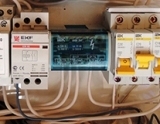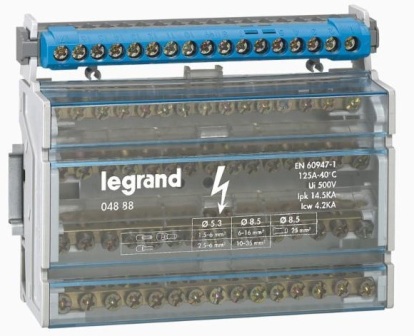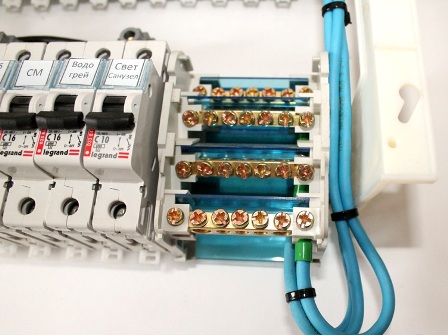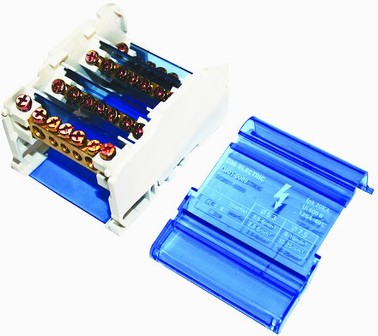What are cross modules and what are they used for?
 The use of cross modules, which are otherwise called modular distribution blocks, allows you to conveniently, reliably and accurately carry out electrical work, make connections in electrical distribution boards, on various electrical equipment, and also helps to solve other tasks for electrical installation, since such modules are quite universal and easy to use. However, most often these modules are still used to complete the standard dashboard equipment, since installation using screws eliminates the possibility of poor-quality or loose wiring.
The use of cross modules, which are otherwise called modular distribution blocks, allows you to conveniently, reliably and accurately carry out electrical work, make connections in electrical distribution boards, on various electrical equipment, and also helps to solve other tasks for electrical installation, since such modules are quite universal and easy to use. However, most often these modules are still used to complete the standard dashboard equipment, since installation using screws eliminates the possibility of poor-quality or loose wiring.
The main functions of cross modules are: connection and distribution of outgoing lines, distribution of power from one source to several consumers, as well as connecting several grounding wires from consumers to one central earthing conductor.

In the compact case of such a transverse module, the required number of insulated metal busbars with the required number of screw terminals is fixed.The modules can be unipolar or multipolar, and the busbars of these blocks are made of brass or electrical copper. Often, the use of such detachable connectors is quite advisable in three-phase switchboards, when it is desirable to be able to switch the load from one phase to another without making changes to the configuration of other connections.
It is convenient to use such a module in the panel to feed phase and zero from it to separate groups of machines, and not to connect three wires to one terminal of one machine. In general, terminal busbars in the case are a compact, convenient and safe way to distribute power from one central cable to several users. The range of such modules is designed for voltages up to 1000 V and for rated currents up to 500 A. Such modules are attached to self-tapping screws, anchors or bolts.

The crossover module perfectly performs the function of a transitional terminal block for a cable with a large cross-section, to which it is necessary to connect several wires with a small cross-section, as is the case, for example, when installing the GZSH (main grounding bus). Basically, these are the so-called zero buses in this case. They have the ability to connect two to four "neutral" or ground conductors and include the appropriate number of neutral busbars with a set of holes of various diameters and a plastic housing.
The blocks themselves, as a rule, are equipped with covers, sometimes even with holes for easy pulling out of the clamping screws of the terminals. Large cross-section screws sometimes go under a hex key, which makes it possible to apply more force during installation to fix the connection.The secure fastening of the terminals at a distance from each other prevents them from short-circuiting. As a rule, the case and cover of the module are made of self-extinguishing plastic, which also indicates fire safety when using such modules.
The crossover modules are conveniently placed in the limited space of the electrical panel and can be mounted either on a DIN rail or on a mounting panel using self-tapping screws. Installation of a compact universal DIN rail greatly simplifies the work of the installer.

